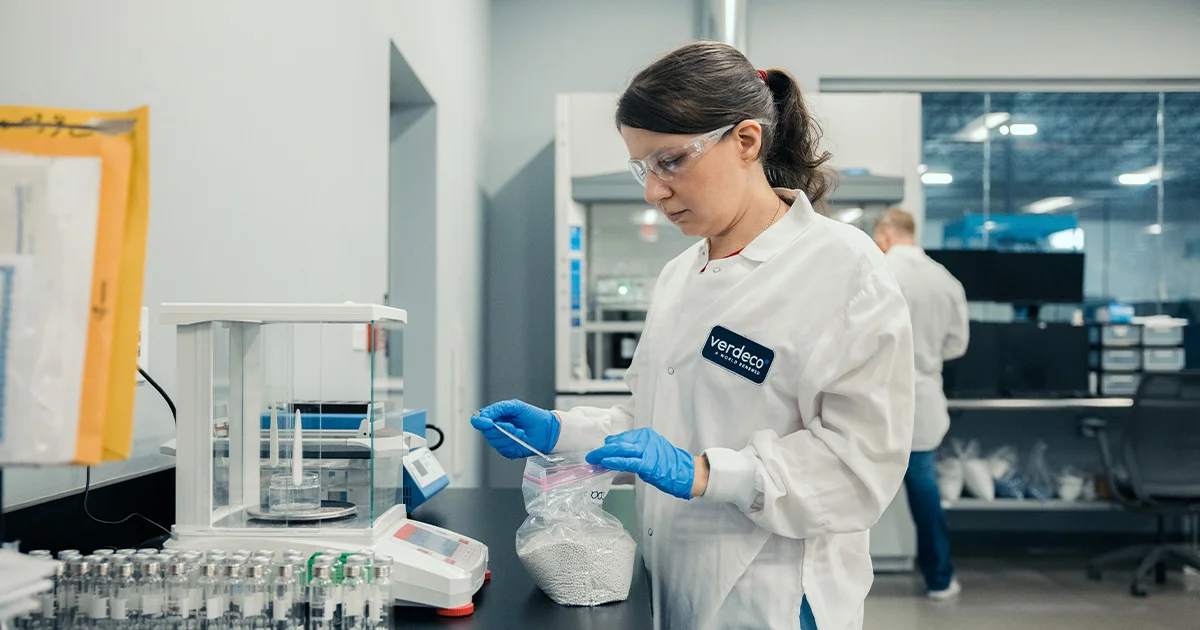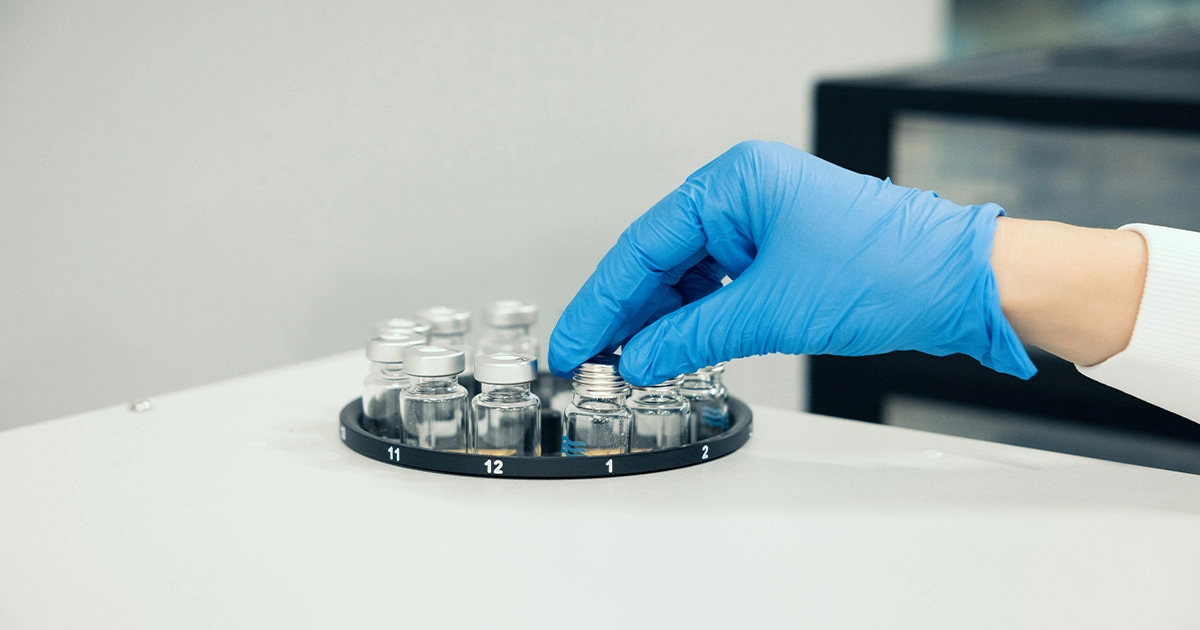Have you ever been shopping in your local grocery store, wandered up an aisle, picked up a bottle of sauce for that night’s meal, and wondered how that sauce stays preserved at room temperature for so long?
Whether this thought has crossed your mind or not, knowing how and why products stay shelf-stable is an interesting tidbit to add to your knowledge bank. Most liquid food products on store shelves are packaged using a hot fill process. In this blog, we will describe the hot fill process, what products require hot fill packaging, the steps in the process, and how Verdeco is reshaping the future of hot fill by creating sustainable, innovative solutions.
What Is the Hot Fill Process?
The hot fill process is a series of steps in food product packaging that uses extremely high temperatures to sterilize liquid foods that are high in acidity — typically those with a pH of 4.6 or greater. Sterilizing these foods and beverages with heat extends their shelf life in non-refrigerated conditions by killing bacteria and preventing the reproduction of harmful microorganisms that can cause these products to spoil. Hot fill is an incredibly efficient process that makes it possible to preserve and package products simultaneously.
Whenever you walk into a grocery store, there’s a good chance you’ll pick up or at least pass by multiple items that have been packaged using the hot fill process. Some of the most common hot fill products include:
- Fruit juice
- Nectar
- Sports drinks
- Vegetable beverages
- Marinades
- Sauces (ketchup, mustard, mayonnaise, etc.)
- Salsa
- Soup
- Spreads
- Vinegar
Hot-filled products can also come in a variety of package types. While there are a variety of containers that work with the hot filling process, the market is dominated by glass, high-density polyethylene (HDPE) polyethylene terephthalate (PET), and polypropylene (PP). Of these, PET is the most popular choice. However, it is worth noting that plastics used for the hot fill process have typically been created with single-use, virgin plastics that are harmful to the environment. Fortunately, there are high-quality, durable, recycled plastic options that can handle the extreme temperatures of the hot fill process and move us closer to a zero-waste economy at the same time. We’ll discuss those innovations in just a moment. First, let’s look at the steps of the hot fill process.
Hot Fill: A Step-By-Step Guide
Most hot fill processes follow the same steps, with a few minor variations depending on the specific product and packaging material:
1) Heat Liquid
First, to start the hot fill process, the packaged product must be heated to a temperature between 194 and 204 degrees Fahrenheit, depending on the product. This kills any bacteria and ensures the product is sterilized. After this, the liquid is maintained in a heat exchanger for 15 to 30 seconds so that the desired effects of the heat can take place.
2) Rest the Product
After going through the heat treatment, the liquid product rests until its temperature lowers to between 180 and 185 degrees Fahrenheit, so the plastic packaging is not damaged as it’s filled.
3) Fill the Package
Once the liquid reaches its intended temperature, it’s placed into the container, and the container is capped immediately. Because the liquid is still incredibly hot, it sterilizes the inner surface of the package as it enters. In some instances, nitrogen is added to the package’s headspace to prevent oxidation of the liquid.
4) Invert the Container
After the container is filled and capped, it is either tilted slightly or completely inverted so the hot liquid also sterilizes the cap.
5) Chill the Container
Next, the still-hot container is chilled in a shower or air tunnel. This critical step quickly lowers the liquid’s temperature and preserves the product’s taste and nutritional value.
6) Final Touches
Once the package has been filled, sterilized, inverted, and chilled, it is dried, labeled, and prepared for shipping.
HEET™: Verdeco’s Sustainable Hot Fill Solution
In the past, hot-filled products in plastic containers — specifically, PET containers — could only be packaged with virgin, single-use plastic material. This is because recycled plastic containers did not have the structural integrity to stand up to extreme temperatures required for hot-filled products — until now. Thanks to Verdeco’s advanced technology and groundbreaking innovation, unsustainable hot-fill packages are a thing of the past.
Verdeco’s HEETsolution is disrupting the sustainable packaging industry with 100% rPET containers for food and beverage products that require the hot fill process — everything from sodas and fruit juices to vinegar and ketchup. Now, the companies that make these products have a sustainable alternative to virgin plastics, one that reduces their reliance on single-use plastics that deplete natural resources and cause damaging pollution. We’re creating a more sustainable, cleaner future for everyone, one hot-filled package at a time.
To learn more about HEET and Verdeco’s other innovative solutions, visit verdecorecycling.com.



